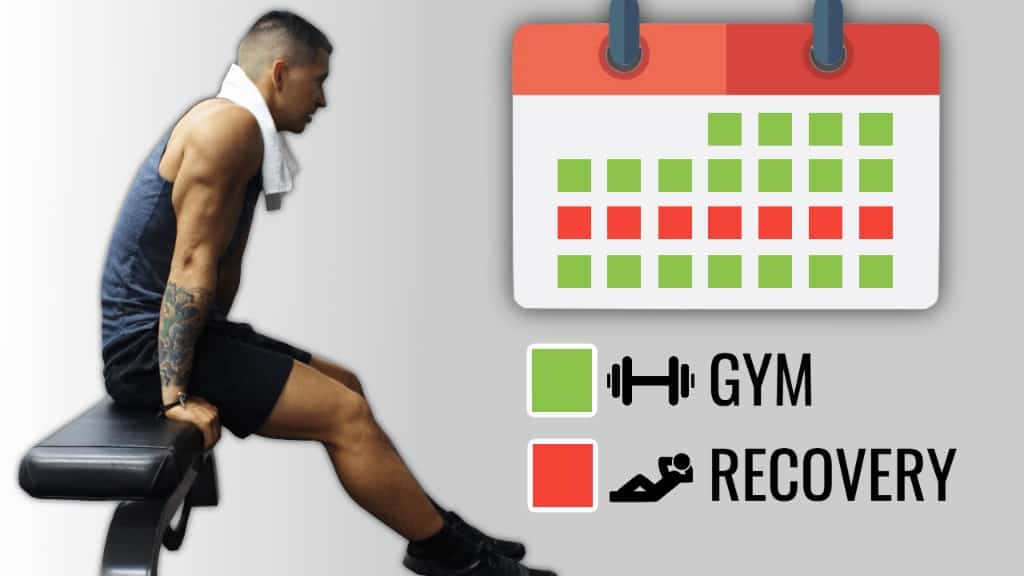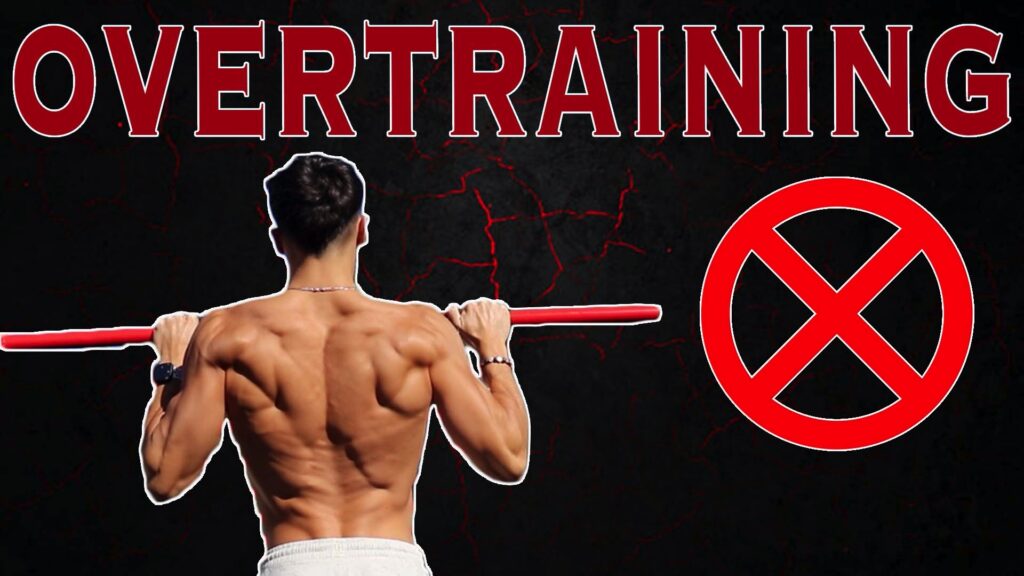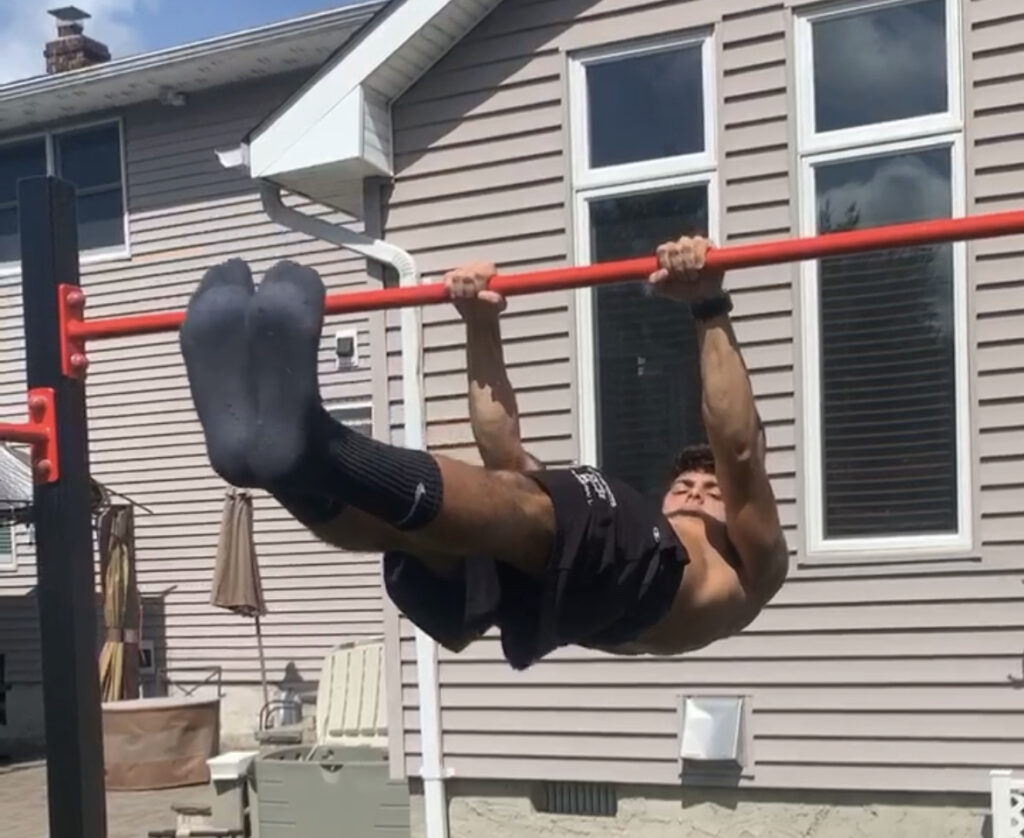How to Workout Around Injuries

Getting injured is frustrating—especially when you’re making progress in the gym. But the good news? In many cases, you can still train safely around injuries without losing your momentum. The key is knowing when it’s safe to work around an injury and when your body needs complete rest.
When It’s NOT Safe to Train
If you’re dealing with:
- Sharp or shooting pain during basic movement
- Swelling, bruising, or limited mobility
- Fresh injury (within the first 72 hours)
…you should rest. Pushing through could turn a small issue into a serious one. Always listen to your body—pain is a warning sign, not a challenge.
Also, if you suspect a tear, fracture, or major sprain, consult a medical professional. Training through it could mean surgery or permanent damage down the road.
When It’s Safe to Work Around Injuries
If you’ve passed the acute phase (swelling is down, movement is improving), you can usually start training safely aroundthe injury by following a few key principles:
Modify Movements
Don’t stop training altogether—just adjust your exercises. For example:
- Shoulder injury? Focus on lower body and core work.
- Knee injury? Stick to upper body, or swap squats for seated leg work or machines that offer more control.
Use pain-free ranges of motion and avoid exercises that aggravate the injured area.
Prioritize Recovery Work
Take this time to strengthen weak links and focus on mobility or stability work. Things like:
- Resistance bands
- Isometric holds
- Joint-friendly machines
- Rehab-style movements (e.g., internal/external rotation, glute bridges, single-leg balance work)
Train the Opposite Limb
Studies have shown that training one side of your body can actually help maintain strength and muscle on the injured side—a phenomenon called cross-education.
Focus on Nutrition & Sleep
Your body needs fuel and rest to recover. Stay dialed in with your protein intake, hydration, and quality sleep to support healing.
Final Thoughts
An injury doesn’t mean you’re sidelined completely. With smart modifications, you can keep training safely, prevent muscle loss, and come back stronger. Just don’t let your ego push you into making things worse—be patient, be intentional, and trust the process.
You Got This! 💪
Subscribe to our newsletter and be the first to find out about new articles.






